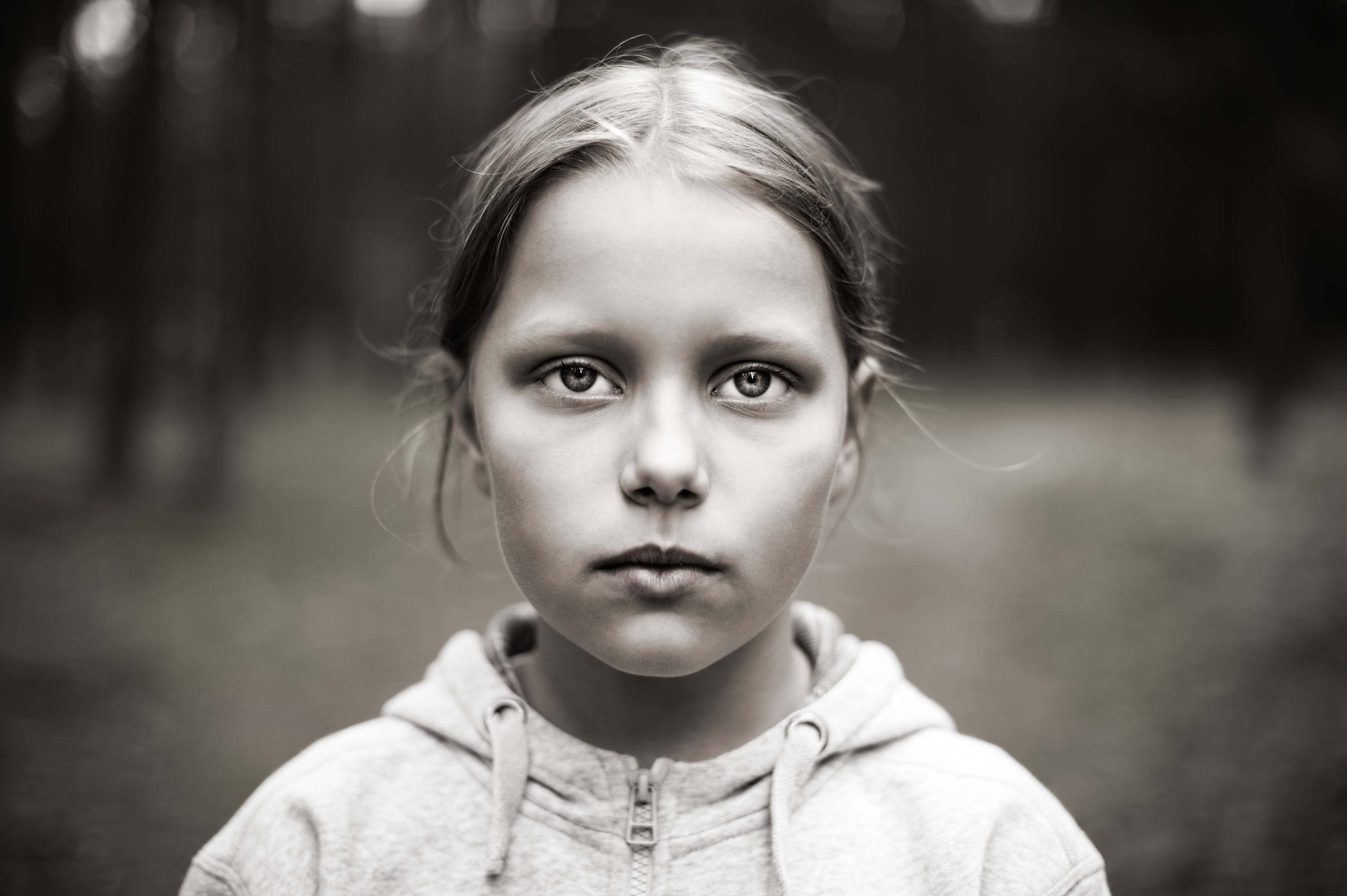-
Women’s Wellness: The tragedy of sex trafficking

This is article is written by Dr. Nicole Sandhu
When large numbers of people convene for an event, criminal activity of all kinds increases in that area. With the Super Bowl approaching, it is once again the time of year when the national tragedy of sex trafficking is brought into the public eye.
Though large events are a great way to call attention to this human rights violation, the truth of the matter is that sex trafficking takes place in all 50 states, 365 days a year. It occurs in large urban centers and small rural regions. It happens in hotels and motels, at truck stops, in private homes, and in schools and libraries. It victimizes children and adults, females, males, and non-binary gendered individuals. It victimizes people from all ethnicities, socioeconomic levels, education levels, family structures, and of all sexualities. It victimizes children in stable and supportive families, those living in situations of abuse, and runaways. It is true, however, that children, people of color, people from disadvantaged backgrounds, and females are disproportionately affected.
Sex trafficking is variably defined as “…the illegal business of recruiting, harboring, transporting, obtaining, or providing a person and especially a minor for the purpose of sex…” (Merriam-Webster) and “…the use of force, fraud, or coercion to control victims for the purpose of engaging in commercial sex acts…” (Dept of Homeland Security). It is considered a form of modern slavery. Contrary to public perception, trafficking does not require movement across borders and does not only involve victims brought into the United States from other countries; while that does occur, the majority of sex trafficking victims in the US, both adult and child, are US citizens.
Data are difficult to obtain and the true extent of sex trafficking locally and globally is not fully understood. However, worldwide, human trafficking (which includes but is not limited to sex trafficking) is thought to be the fastest growing criminal enterprise, second only to the drug and weapons trades. According to a September 2017 report from the International Labor Organization, there are thought to be 24.9 million people being held in human servitude worldwide, and it is estimated that 4.8 million of them are being sexually exploited. Conservative estimates indicate that 100, 000 US children are either victims or at risk of becoming victims of sex trafficking. Though global sex trafficking victims account for approximately 19% of trafficked persons overall, a 2014 from the ILO indicated that worldwide, sex trafficking accounts for $99 billion of the estimated $150 billion annual revenue from human trafficking. It is estimated that each sexually enslaved victim generates annual profits of $100, 000; victims can be considered “renewable commodities”—each victim is sold repeatedly, typically numerous times daily and are thus a source of constant income for the trafficker.
If you or someone you know is or might be a victim of human trafficking, please contact the National Human Trafficking Resource Center (NHTRC) 1-888-373-7888 (24/7), text Help to 233733 (BeFree), or contact the National Center for Missing & Exploited Children at 1.800.THE.LOST. Help is available.
In 2017 alone, Polaris reported nearly 4,500 verified cases of human trafficking in the US, over 3000 of which were specifically being trafficked for sex. Reliable data are very difficult to obtain, but it is safe to say that sex trafficking in the US generates many millions of dollars annually. And the victims are are not all adults−the average age of sex trafficking victims is 12-14 years, with victims reported as young as less than 1 year of age.
While victims come from all walks of life, certain populations are at greater risk: runaways, LGBTQ youth, people of color, and victims of abuse. Traffickers lure their victims in numerous ways, whether through the promise of shelter and work, the allure of romance and love (“Romeo pimps”), or the desire for a protective father (or even mother) figure. Victims may be forced by their traffickers to utilize their friendships to lure in new victims. Some victims have been handed over to their traffickers by family members or might even be trafficked from within their own families. While one may often think of trafficking victims as being kidnapped or otherwise “taken”, victims may be sitting next to unsuspecting classmates in school and unaware family members at the dinner table.
Though many think of the children as victims, adults are considered “prostitutes” who engage in the sex industry willingly. It was not so long ago, though that children being sold for sex were also thought to be willing participants and treated as criminals instead of victims. Significant efforts by advocates, activists, and survivors led to changes in the legal definitions and in the way child trafficking victims are treated by police and legal agencies.
According to the US Department of State, “when a child (under 18 years of age) is induced to perform a commercial sex act, proving force, fraud, or coercion against their pimp is not necessary for the offense to be characterized as human trafficking.” It is also becoming more widely recognized that the vast majority of adults engaged in the sex industry are not willing participants. This understanding has led the US Department of State to establish that “when an adult is coerced, forced, or deceived into prostitution—or maintained in prostitution through one of these means after initially consenting—that person is a victim of trafficking. A person’s initial consent to participate in prostitution is not legally determinative: if one is thereafter held in service through psychological manipulation or physical force, he or she is a trafficking victim.”
The hard work of devoted advocates and survivors has made tremendous strides in bringing national attention at all levels to this human rights violation happening in our own backyards. Victims are more often being treated as such. Though still lacking, more resources are now available. It is clear that while a lot has been accomplished, much remains to be done. Traffickers are being convicted, though most experts argue that the sentences are woefully inadequate. Until the root of the problem—demand—is addressed, sex trafficking will continue. According to the State Department’s 2013 annual Trafficking in Persons report, “If there were no demand for commercial sex, sex trafficking would not exist in the form it does today. This reality underscores the need for continued strong efforts to enact policies and promote cultural norms that disallow paying for sex.”
While the best approach is not clear, it is evident that the responsibility lies with all of us. While identifying and prosecuting buyers is an essential measure, identifying modifiable risk factors in men’s demand for sex and changing the culture from the ground up are going to be vital components in reducing demand and someday eliminating sex trafficking.
Dr. Sandhu's daughter, Amrit, contributed to this article as a co-author.








